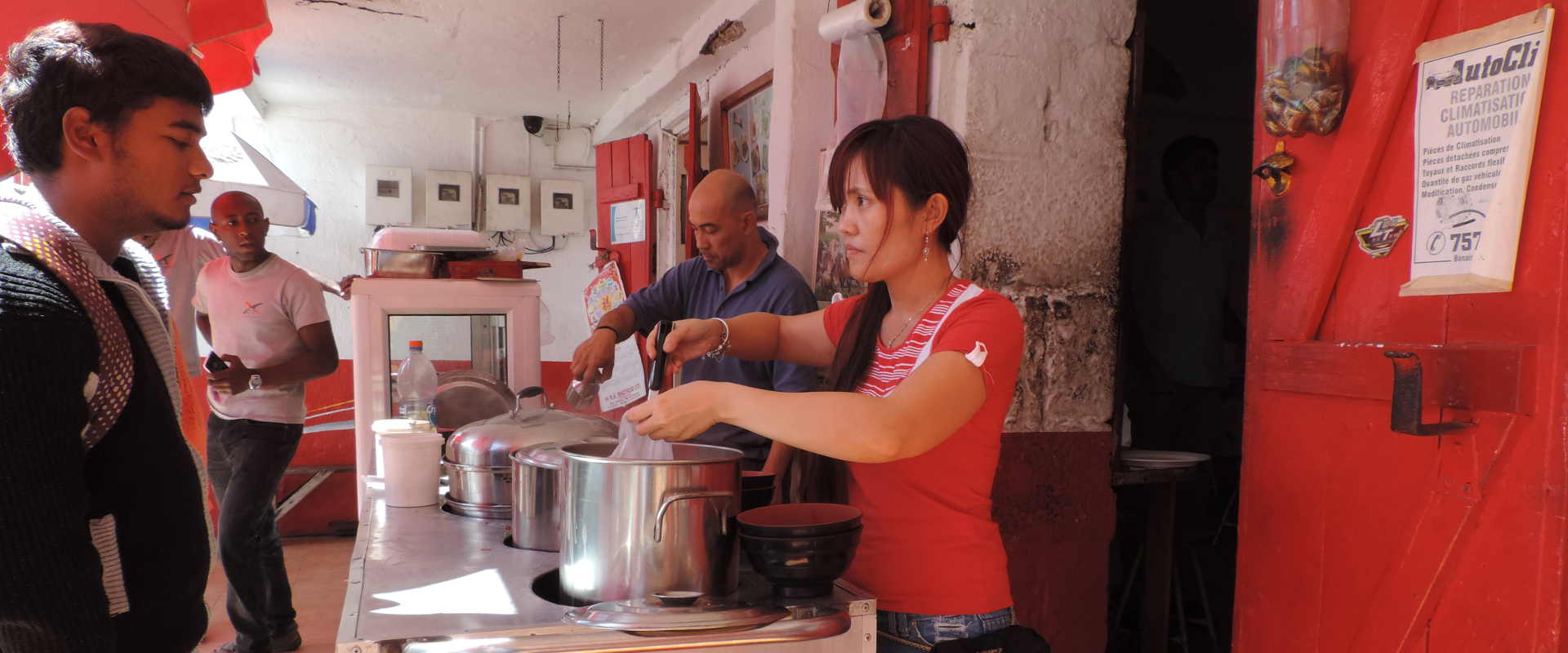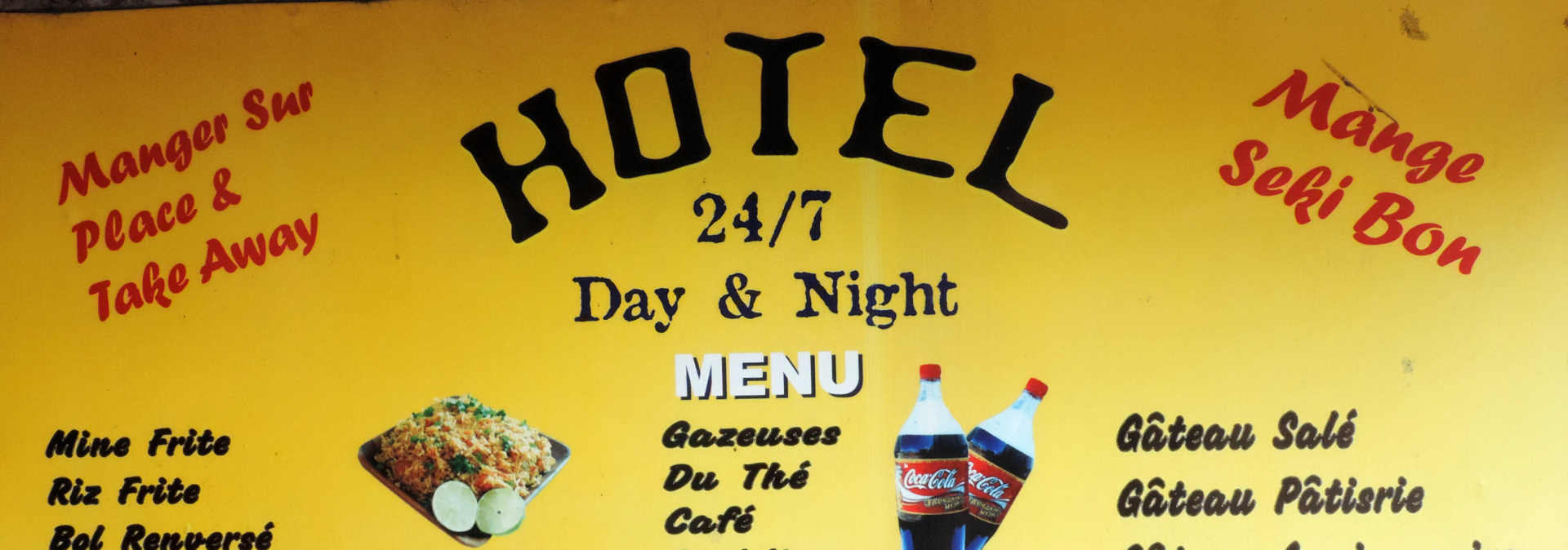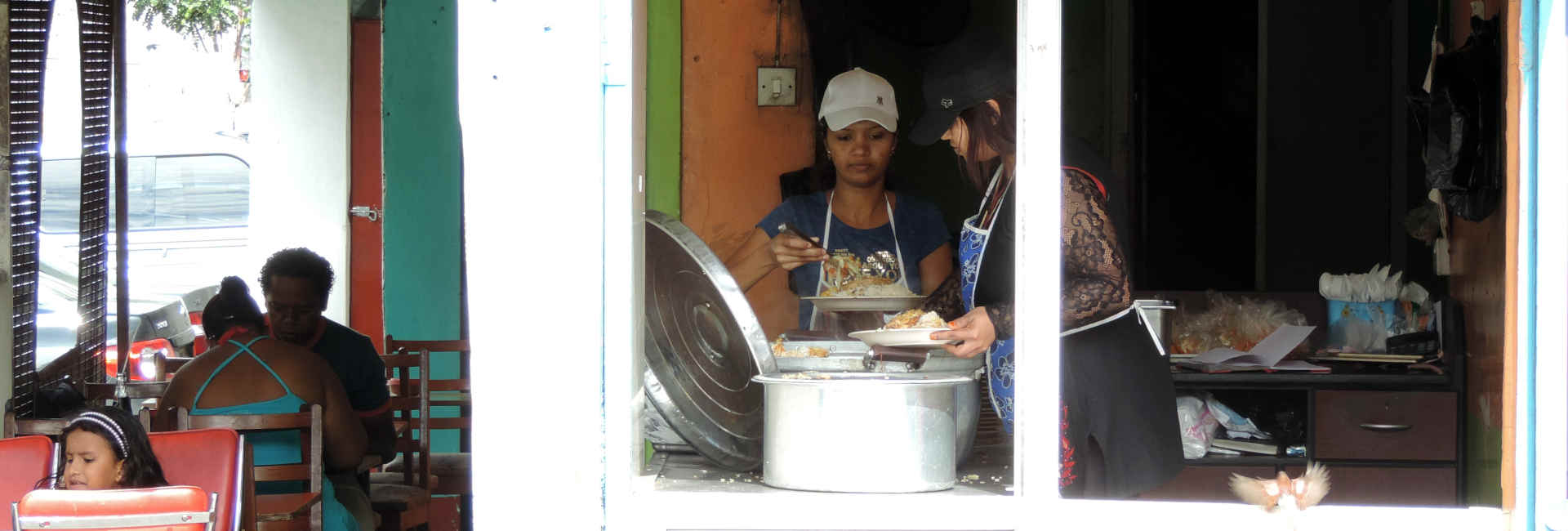To the image of the multi-cultural and multi-ethnic richness of Mauritius, the Mauritian food and cuisine reveals its cultural influences and the shy beginning of interbreeding, to the point that one same dish can be classified as Creole, Mauritian or Indian.
The traditional base of Mauritian cuisine is definitely the curries and “rougailles” but instead of cooking and serving it the Indian way, they are simplified and commonly served with white rice and other beans. Mauritians of all origins have definitely adopted this combination in their everyday food and for many Mauritians of European origin it is the traditional Sunday treat that is looked forward to.
The Chinese community has successfully, not-only sustained most of its original culture but its culinary culture has been greatly adopted by all Mauritians, even if for religious reasons some adaptation has been necessary. Among the most popular quick-food / street-food delicacies, the “minn-frir” (fried noodles) and the “boulettes” (dumplings) are occupying the lower steps of the podium after the “rotees” and “dhol puries” (Indian pancakes).

In restaurants, the Creole food consists mainly of this same combination of saucy Indian dish with rice, but further adapted to European palates in the sense that it is even less spicy, thus less tasty than in homes. There are now several small village restaurants serving authentic Indian, Chinese or Creole food. They may not be very attractive or comfortable but they often serve the most authentic and tastiest dishes.
During daytime, eating on those street-sides or in small restaurants (called hotels) is common practice in Mauritius. Also widespread are trolleys serving Chinese broths and noodles as well as dumplings (stuffed rice buns in a broth) and there are hybrids of those two.
For those who like trying out exotic / Creole / Indian foods, eating from street merchants is by far the most economical option. The nutrition is quite balanced and the food filling. The hygiene of course is below the borderline but not any worse. A full meal (standing on the street side) will cost between 35 and 60 Rupees (0,70 – 1,20 €) per person excluding the tablet for stopping the stomach burns.

There are little alternatives within these low budgets as European types of fast foods such as hamburgers and panini can be found mostly in towns and shopping malls. This type of food costs around 150 and 350 Rupees (3 – 7 €).
The next cheapest alternatives are the Chinese restaurants generally with a few red Formica tables and chairs under a veranda. They serve delicious Chinese and Creole food at very low costs and although the hygiene is not what it should be, it is okay to eat in these places avoiding shrimps, seafood and red meat. These would cost between Rs. 400 and Rs. 650 (8 -13 €). Most of these places serve cold drinks and beer.
Taste Buddies specialises in street / local-food tours in towns and villages, where tasting specialities is the means to discover the history of Mauritius and local culture(s).

Then come the disguised village restaurants. In most cases, these started as real people’s restaurants but with superior quality of food. They were discovered by some tourists who have spread out the word to their friends and are now “famous sweet spots”.
Although hygiene might still be on the borderline, they are within the authorities norms. On the bright side, the turnover is generally sufficient to ensure that products served are fresh. In most cases, the crockery, cutlery and set up are kitsch and the room often hot and crowded; this adds to their interest, as they are a journey to the roots of Mauritius. The food is often better than in more established restaurants at more affordable prices. However prices at the most renown ones can match or exceed those of the “classical” types. A full meal in such places would cost between Rs. 600 and Rs. 1,000 (12 – 20 €).
The restaurant business in Mauritius has evolved positively in the past decade, thanks partly to the establishment of expats. on the island, both as professionals, ready for hard work, and as clientèle bringing more regular volumes. Mauritius now counts several good addresses for cuisine and atmosphere, including outstanding ones.
Restaurants in Mauritius are generally on the expensive side as there is not enough volume all year-round to allow economies of scale. Alcohols and wines are largely over-priced due to severe import & excise duties.
The maids working at the villas can prepare good local food; some are good cooks. Although they have too much to do on the cleaning & washing side, they can prepare one meal a day, within their working hours or in prolongation. Unless this service is specifically included in the rental, cooking services are generally paid directly to the maid in the form of overtime pay.


